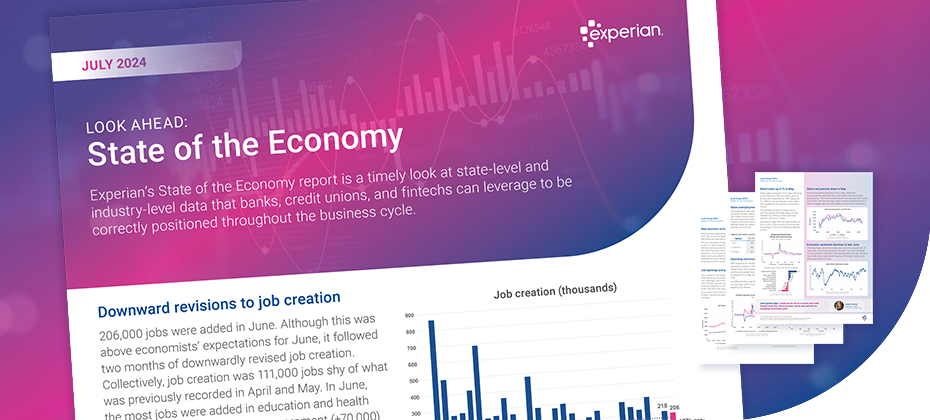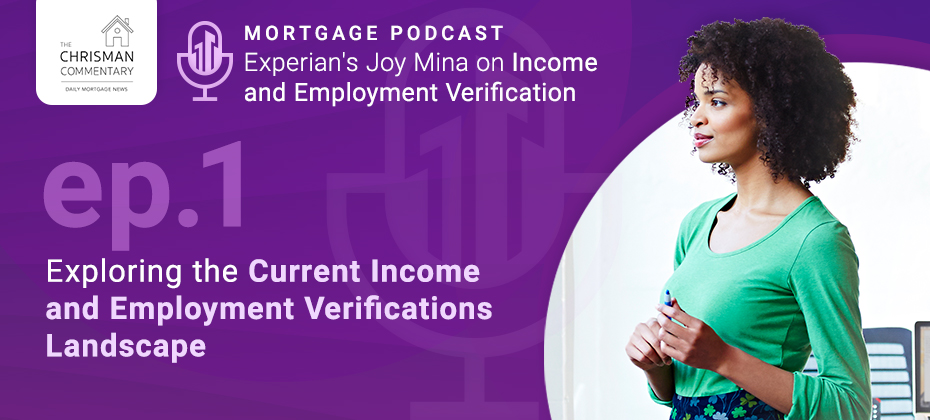Credit Lending

With debit and credit card transactions becoming more prevalent than cash payments in today’s digital-first world, card fraud has become a significant concern for...

Getting customers to respond to your credit offers can be difficult. With the advent of artificial intelligence (AI) and machine learning (ML), optimizing credit...

This series will dive into our monthly State of the Economy report, providing a snapshot of the top monthly economic and credit data for...

As the financial sector continues to embrace technological innovations, machine learning models are becoming indispensable tools for credit decisioning. These models offer enhanced efficiency...

“Learn how to learn.” One of Zack Kass’, AI futurist and one of the keynote speakers at Vision 2024, takeaways readily embodies a sentiment...

With e-commerce booming and more transactions occurring online, the threat of chargeback fraud has never been more significant. In this article, we’ll explore chargeback...

In the dynamic consumer credit landscape, understanding emerging trends is paramount for fintechs to thrive. Experian’s latest fintech trends report provides deep insights into...

Open banking is revolutionizing the financial services industry by encouraging a shift from a closed model to one with greater transparency, competition, and innovation....

In the previous episode of “The Chrisman Commentary” podcast, Joy Mina, Director of Product Commercialization at Experian, talked about the benefits of a waterfall...

For lenders, first payment default (FPD) is more than just financial jargon; it’s a crucial metric in assessing credit risk. This blog post will...

To say “yes” to consumers faster and more efficiently, financial institutions need flexible access to instant income and employment verification data. In an episode...

This article was updated on March 12, 2024. The number of decisions that a business must make in the marketing space is on the...

This article was updated on March 11, 2024. As a lender, it’s important to understand a consumer’s credit behavior and whether it’s improving or...

This article was updated on March 7, 2024. Like so many government agencies, the U.S. military is a source of many acronyms. Okay, maybe...

This article was updated on March 6, 2024. Advances in analytics and modeling are making credit risk decisioning more efficient and precise. And while...